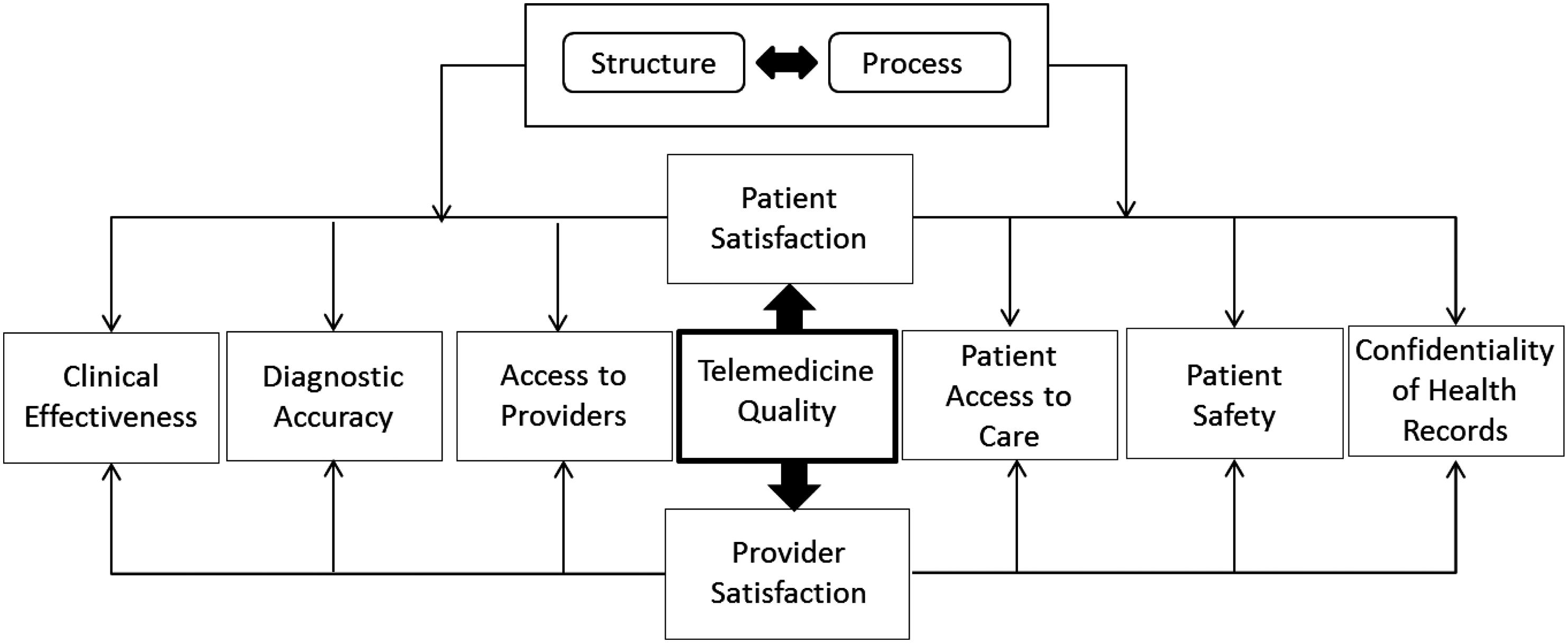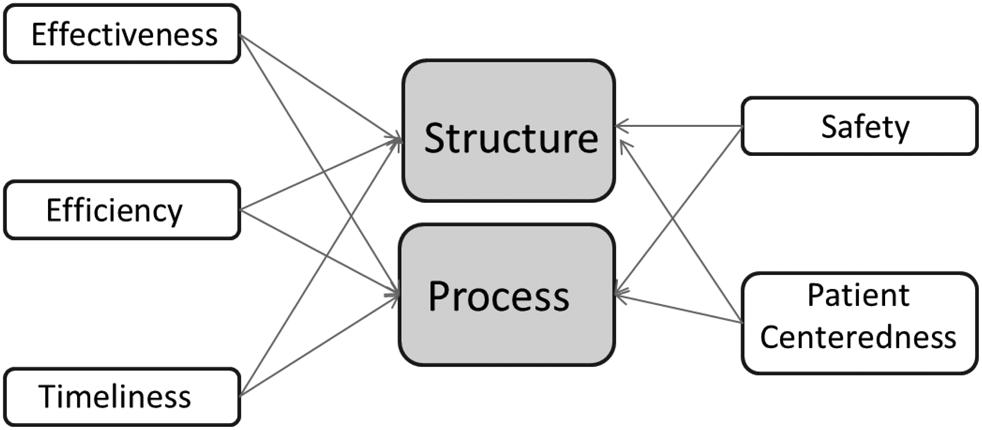
1 minute read
Five Whys
teaching point in the process). Perhaps someone not in-house and oncall can prepare the teaching point the night before and bring that to sign-out ready to discuss. 10. Last, run the pilot of the new turnover process for about a week. The kinks slowly work themselves out. After about a week, the team videotapes the typical sign-out again. Compare the sign-out videos with the group in a follow-up meeting. The before and after confirms the value of the SMED process in improving the sign-out/turnover process for trauma and acute care surgery. 11. Last, destroy the tapes after the improvements have been recorded and noted by the team in terms of total time spent in sign-out, effectiveness of the sign-out, or any other endpoints selected.
The five whys technique involves a questioning protocol in which the question, “Why?” is asked five times to understand the cause of a problem. The technique is designed to drill down into the details of the cause of a problem beyond the symptoms to reach the cause. It is very common for process improvement teams to focus on the symptoms of a problem rather than its cause. The technique was originally developed by Sakichi Toyoda, a Japanese inventor, industrialist and the founder of Toyota Industries Co. He states, “By repeating ‘why’ five times, the nature of the problem as well as its solution becomes clear.” Other sources have attributed the five whys technique to Taiichi Ohno, father of the Toyota production system. The following example illustrates how this process works:
Advertisement
A process improvement team was convened to address the problem of surgical cancellations. The team decided to ask “Why?” five times, as follows:
The first round of questioning asked:
1. Why are surgeries cancelled? There were several reasons offered in response to this question, including (a) The patient was eating; (b) Consent form issues; (c) The patient forgot, pre-op complications, etc. A round of multi-voting led the team to conclude that the most important reason is that the patient was eating. 2. The second round of questioning asked, “Why did the patient eat?” The team determined that the most important reason was because dietary services delivered a food tray to the patient’s room.





